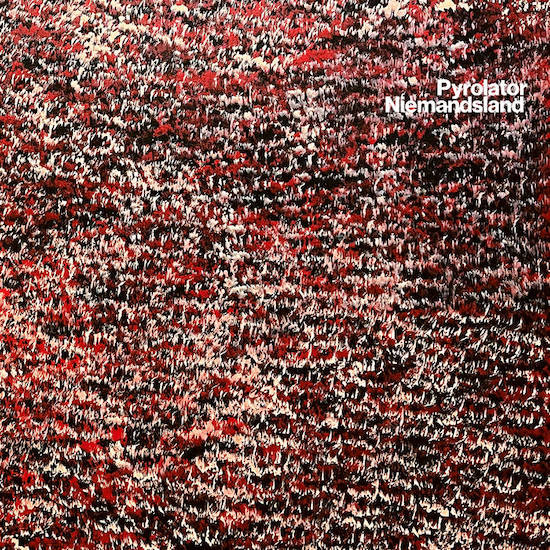Now in his fifth decade as a musician, Kurt Dahlke has been as much a facilitator as a creator. He was one of the founding members of DAF in 1979 before briskly departing to bring Dusseldorf surrealists Der Plan to fruition. The latter trio set up the Ata Tak label in 1980, specialising in neue welle, exotica and kitsch pop, and it still does – although much of that output has come via Bureau B in recent times.
As a musician, Dahlke has made some remarkable music, though his back catalogue is littered with art pranks too, and you’re never too sure when he might thumb his nose at you next. On the one hand there’s Der Plan’s electronic schlager and concept albums about robots, and then you have A Certain Frank’s fantasia of punishing techno beats and indiscriminate ethnic influences on albums like No End of No… and Nothing, which, when added to dreamy electronica, take you on an almost psychotropic safari.
As for his alter-ego Pyrolator, you can only really be sure that his next solo album will be suffixed with “-land”: Inland, Ausland, Traumland, Wunderland, and so on; what it’ll sound like and when it finally appears is less certain. Which brings us to Niemandsland, or no man’s land, the sixth in the ‘Land’ series and his first for eleven years. The last album, Neuland, was a fine concoction of skittish electronics and danceable grooves. Here things have been slowed right down, with skirmishes into the subconscious, ameliorated by wafts of glitchy, ambient electronica.
Each of his records inhabits a dreamlike hinterland, but none more so than this. Pyrolator is an artist who operates from the fringes, and that sense of being freed whilst surrounded by suburban weirdness (in his case in the linear city of Wuppertal) infuses his music. Like the debut album Inland from 1979, this latest release is a silent protest, though the target of that protest again seems to be wide ranging, a shrug of the shoulders and a look around as if to say: “What have you got?” That first album was recorded during the German Autumn and bristled understandably at the prospect of a nuclear winter. For Niemandsland, Dahlke says: “The clock already stands at ten past midnight and we have arrived in no man’s land. Neither the student movement nor the rejectionist stance of punk changed anything. Avarice has emerged victorious and no future is nothing more than an empty cliché. This is what global reality looks like. The principle of cause and effect.”
What shouldn’t be lost in all the anger and sadness is how beautiful some of the music on this record is. ‘Die Pause’ and ‘Acai’ are elegant susurrations that are heart-warming rather than blood-boiling. They’re offset with more abstract canvases of grinding noise, ‘Honeywood’ and ‘Der Raum’ in particular, though one comes away feeling a sense of optimism, which given the grave subject matter, is something we will need to hold onto.


